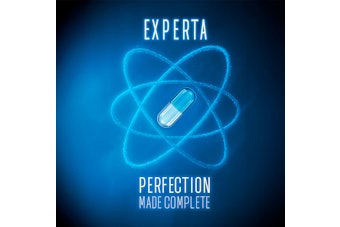 | Watch the full interview at Healthcare Packaging for more insights on medical device sterilization cycles amid new EPA regulation.. |
Liz Cuneo: You had mentioned that the burden is really on the contract sterilizer, not the MDMs [medical device manufacturers], when talking about optimizing cycles and adhering to sterilization regulations. Does that mean that the MDMs don't really have to worry about the issue of sterilization? Is that really top of mind for them, or is it really a contract sterilizer's top of mind issue?
Wendy Mach: I would say it's a 60/40. So the reason I say 60/40 is that the burden from a monetary aspect is really on the contract sterilizers. The the end result is, they're the ones that have to comply with the EPA requirements around the fugitive emissions and bringing all of those upgrades into their facility to bring those levels down. And it's not a small amount of money; It's millions and millions of dollars.
Now the 40% falls on the med device [manufacturers] because in order for these contract sterilizers to meet these requirements, not only is it about upgrading the facilities and bringing this equipment up and online, it's also about reducing these cycles so that the workers that are exposed to these conditions are not being exposed to that the levels that they were at.
So it also applies to med device that way, that they're needing to think about the cycles and if they can, reduce that amount of gas that the product is seeing. So it comes back, everything is very much related. I think you can see yeah. But in the end, again, the burden is actually really on the contract sterilizer to reduce that in accordance with EPA.






















